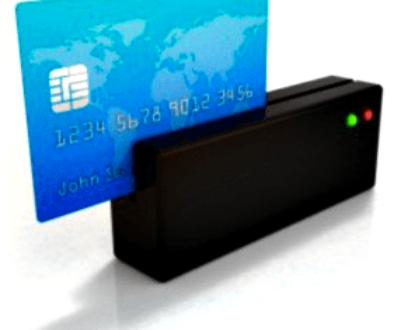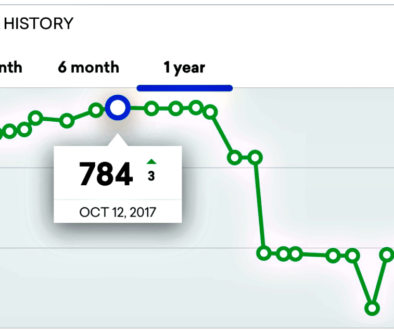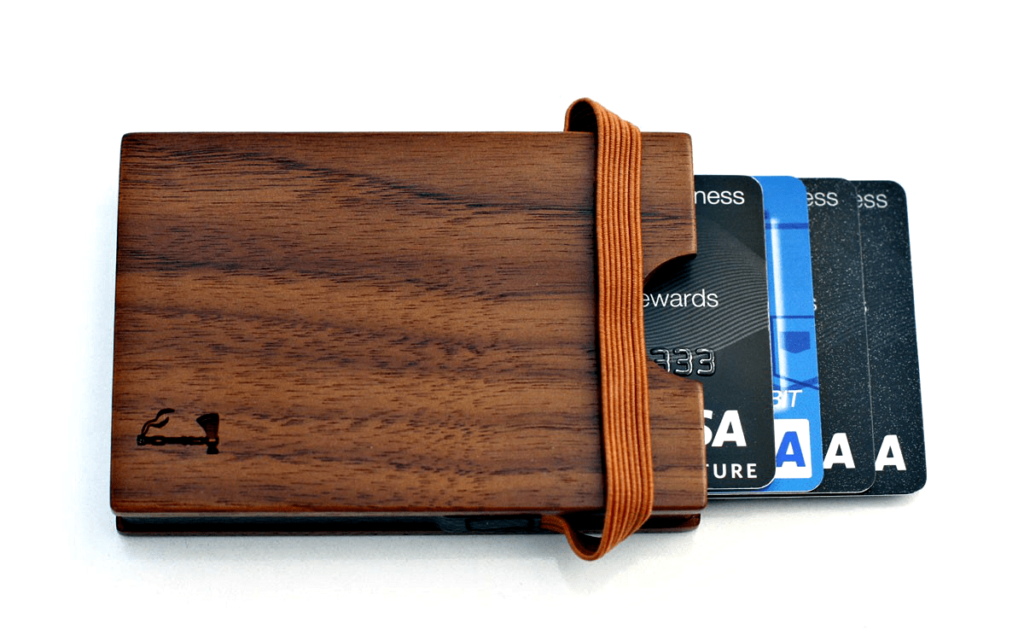
What’s In My Wallet
In the quest for award travel (award travel = free or close to free travel), it is not uncommon to have an assortment of different credit cards. These credit cards are used at different times for certain purposes. The #1 purpose for award travel is to acquire credit cards that give a big signup bonus. There is some give and take in this process. Before a card company will give you this bonus they want you to spend your money exclusively on their cards. Normally you will have to spend ‘x’ amount of dollars by ‘x’ time. For example, spend $4,000 in 3 months for 50,000 points.
Reward Values
After receiving bonus, the game is not done. Utilizing a card which gives the maximum rewards per dollar spend becomes the next aim. Reward points have monetary value and post signup bonus is when we should really utilize this knowledge to choose which cards provides us maximum value for our dollars spent. According to Walla.by, this list below gives an idea of cents per point that each of these award currencies are worth:
- Starwood Preferred Guest Starpoints points are valued at ¢0.0240 per point
- Chase Ultimate Rewards (UR) points are valued at ¢0.0126 per point
- American Express Membership Rewards (MR) points are valued at ¢0.0119 per point
- Citi Thank You (TY) points are valued at ¢0.0111 per point
Then, compare when these values are better value than 2% cashback. So, here’s a look at what’s in my wallet spending rotation post big signup bonus. The order of these cards are of no significance, but I’ll list by card brand.
American Express
Up first is the American Express Gold Business Card.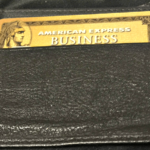 I initially signed up for this card for 50K MR bonus. It remains in my wallet because I get 3X MR on gas, which I selected as category I wanted to get 3X MR over shipping, airline, etc. So, when I go to fuel up the card, this is the card that comes out of my wallet for that purchase. MR can be used standalone or are transferable to other select loyalty programs. It always serves a purpose to be building a point stash in these types of currencies for future travel.
I initially signed up for this card for 50K MR bonus. It remains in my wallet because I get 3X MR on gas, which I selected as category I wanted to get 3X MR over shipping, airline, etc. So, when I go to fuel up the card, this is the card that comes out of my wallet for that purchase. MR can be used standalone or are transferable to other select loyalty programs. It always serves a purpose to be building a point stash in these types of currencies for future travel.
Next up is the American Express Blue Business Plus, with no annual fee. 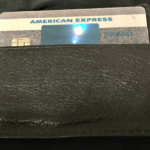 I signed up for this card for the 2oK MR bonus. This card is my go to when all other American Express cards only give 1 point per dollar spend on purchases. This card gets 2x points on all purchases up to 50K per year.
I signed up for this card for the 2oK MR bonus. This card is my go to when all other American Express cards only give 1 point per dollar spend on purchases. This card gets 2x points on all purchases up to 50K per year.
Up next is American Express, SPG (Starwood Preferred Guest). I got this card back some time ago for one of the higher bonus of 35K. SPG 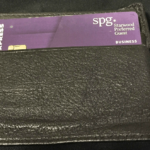 has most valuable points in the travel world, but they are hard to accumulate in mass. They are valued at ¢0.0240 per point. Compare this to other points worth ¢0.01 per point or less. I don’t have a big stash of points at this time in Starpoints, but I consider to use this card when I am going to make a big dollar purchase. For example, I may need to pay deductible of 3K after Hurricane Harvey damaged roof at my rental. This card is the one I would use for this.
has most valuable points in the travel world, but they are hard to accumulate in mass. They are valued at ¢0.0240 per point. Compare this to other points worth ¢0.01 per point or less. I don’t have a big stash of points at this time in Starpoints, but I consider to use this card when I am going to make a big dollar purchase. For example, I may need to pay deductible of 3K after Hurricane Harvey damaged roof at my rental. This card is the one I would use for this.
Citi
Now, switching to Citi, the Double Cash, 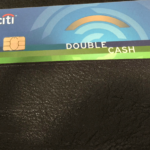 I recently got this card after downgrading from Citi Prestige. I use this again for when all other cards currencies only offer 1 point per dollar for purchases or I just want cashback. I might as well get the 2% cashback on these items/purchases. In my blog post, “2 Ways To Reduce Credit Card Annual Fee”, I speak about uses of cashback card. Of all the card providers with transferable currencies, Citi Thank You points have been the points I have least striven to build up a stash. I do like the Double Cash with its no annual fee though. However, the bonus I received from the Prestige signup of 50K TY will come in handy for upcoming trip to Europe for cruise. I plan to use to fly over on Singapore Airlines. I transferred TY to Singapore Airline KrisFlyer loyalty program.
I recently got this card after downgrading from Citi Prestige. I use this again for when all other cards currencies only offer 1 point per dollar for purchases or I just want cashback. I might as well get the 2% cashback on these items/purchases. In my blog post, “2 Ways To Reduce Credit Card Annual Fee”, I speak about uses of cashback card. Of all the card providers with transferable currencies, Citi Thank You points have been the points I have least striven to build up a stash. I do like the Double Cash with its no annual fee though. However, the bonus I received from the Prestige signup of 50K TY will come in handy for upcoming trip to Europe for cruise. I plan to use to fly over on Singapore Airlines. I transferred TY to Singapore Airline KrisFlyer loyalty program.
Chase
Finally, the Chase cards in my wallet. The Sapphire Preferred, it once provided a 50K UR points + 5K UR for adding authorized user. Like MR, UR can also be used standalone or are transferable to other select loyalty programs. Now I use when I am dining out for 2X points or travel. For travel it’s my go to card for travel protections next to the American Express Gold Business Card. The trip delay reimbursement and trip cancellation or interruption insurance and primary rental are essential.
Up next, Chase Ink Business Cash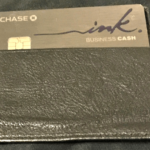 . I received $200 for bonus initially on this card but what makes this so valuable is the 5% cash back on first 25K for cellular, internet, and cable TV services. So, all these services are billed to this card. This is primarily what this card is for, but I could use as substitute for gas and restaurants at 2% cash back if I was really trying to build a stash of points.
. I received $200 for bonus initially on this card but what makes this so valuable is the 5% cash back on first 25K for cellular, internet, and cable TV services. So, all these services are billed to this card. This is primarily what this card is for, but I could use as substitute for gas and restaurants at 2% cash back if I was really trying to build a stash of points.
Finally, Amazon Prime, since I have Amazon Prime membership,  this card get 5% back on Amazon.com. This is default card for me on Amazon as you can guess from my post on My Amazing First Amazon Prime Now Experience.
this card get 5% back on Amazon.com. This is default card for me on Amazon as you can guess from my post on My Amazing First Amazon Prime Now Experience.
Though I have the Chase Freedom Unlimited, that I initially signed up for 15K UR points, the 1.5% UR on all purchases, it’s good but I prefer the 2% cashback on the American Express and Citi cards better. Unless I am strategically trying to build UR, it hasn’t gotten much rotation of late over this two cards.
In Closing
These are the cards in my wallet. I’m building a stash of transferable points currencies or cashback. The whole way though I’m considering when spending which gives the maximum reward for that spend in that category. So, I’m always attempting to be efficient in my spending as to not lose an opportunity for more award travel sooner. Having one card in your wallet which you use for all your spend is old school; whereas, whipping out right card in right situation is new school. If I’m not spending towards next signup bonus, what’s in my wallet are these cards being used strategically to maximize rewards.

